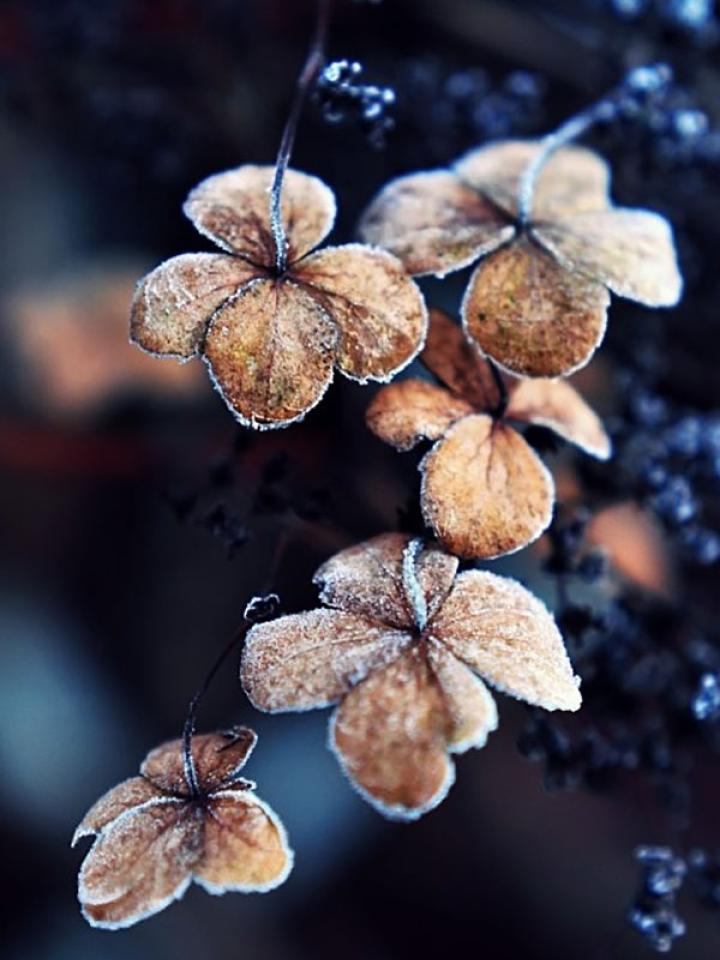Let there be light
Fewer daylight hours and less sunshine outside means lower light levels inside the home, too. To ensure light-loving plants get the fix they need, put them close to a double-glazed window. Those that thrive in low light, such as pothos, heart-shaped philodendron and Boston fern make ideal winter plants for that reason.
Beware of drafts
Of course, while windows are great for sunlight, they can also be magnets for chilly drafts so check for blasts of cold air around doors and windows before leaving your plant on a windowsill – and always move them somewhere less exposed on frosty nights. Succulents and African violets are particularly susceptible to the cold so find them a draft-free spot.
Don’t let them overheat
Open fires and central heating can spell disaster for houseplants so be sure to move them away from hearths and radiator shelves during the winter months. If possible, keep them in areas that are not overly heated during the day. Look out for yellow and falling leaves – the common signs of overheating.
But keep them warm
A sudden drop in temperature or prolonged periods of cold can be fatal for houseplants – particularly tropical varieties, such as palms, bromeliads and banana plants. So avoid rooms that are susceptible to cold and try to keep your central heating on a low but constant setting. Leaves curling over and turning brown are signs your plant’s too cold.
Know your limits
Most houseplants thrive between 65 and 75°F (15-24°C) during the day and 60-68°F at night. But remember that the thermostat temperature in your hallway won’t be an accurate representation of the temperature in other rooms so use your common sense.
Water with caution
Houseplants don’t need as much water over the winter months so you can gradually reduce watering until the compost is almost dry between watering. You can also stop feeding, unless your plants are flowering or growing vigorously.
But don’t neglect humidity
Tropical houseplants like humid conditions. One way to achieve this is to add some water to a saucer of gravel and sit your plant on there. Alternatively, you could invest in a humidifier.
Check out more top tips on how to care for your plants here.





